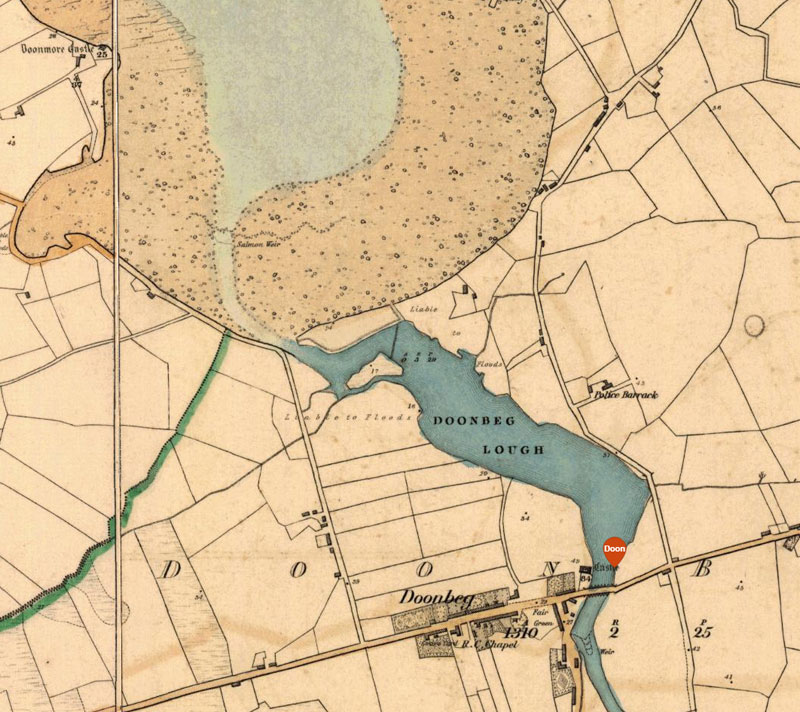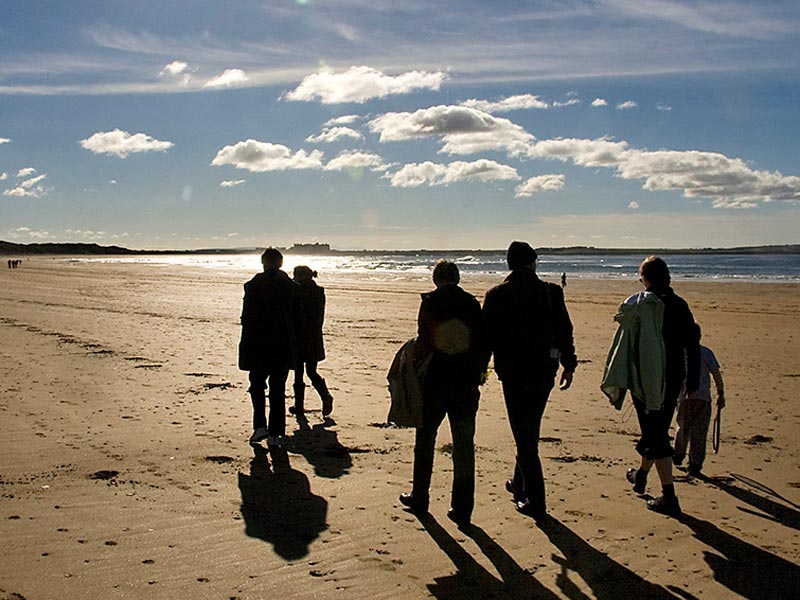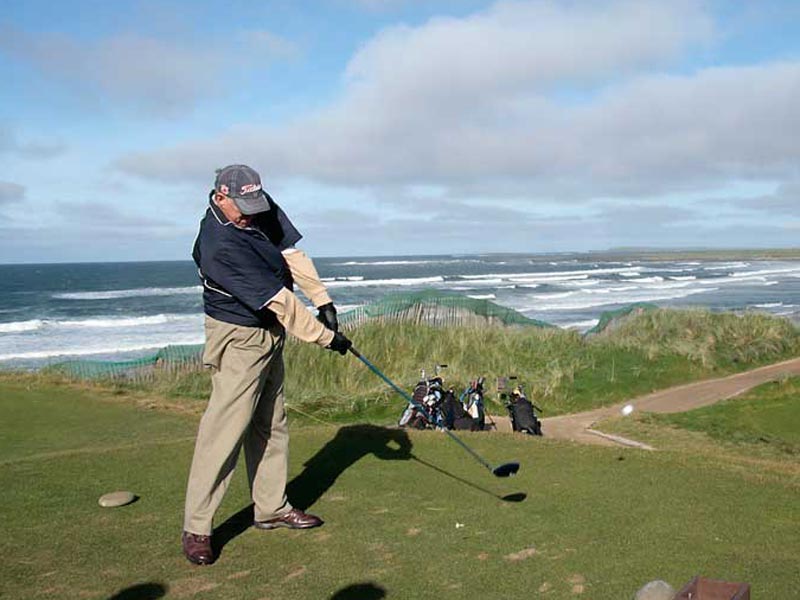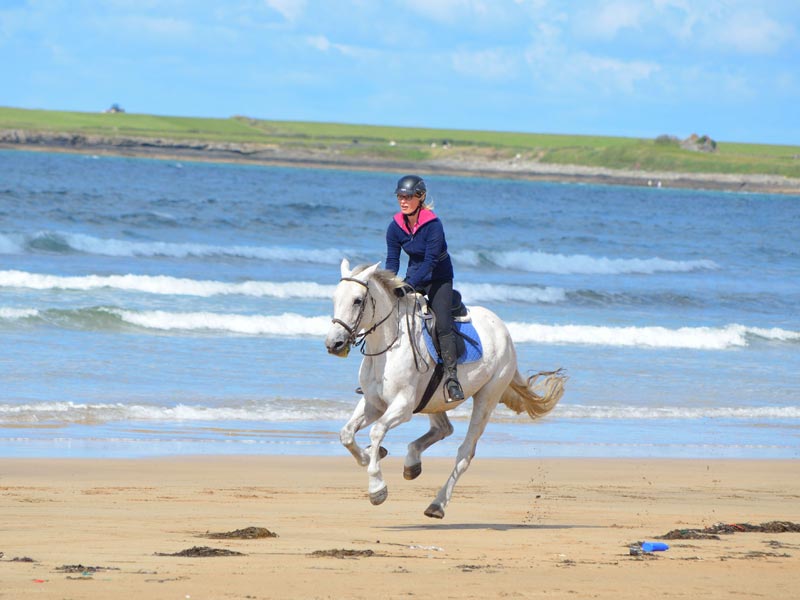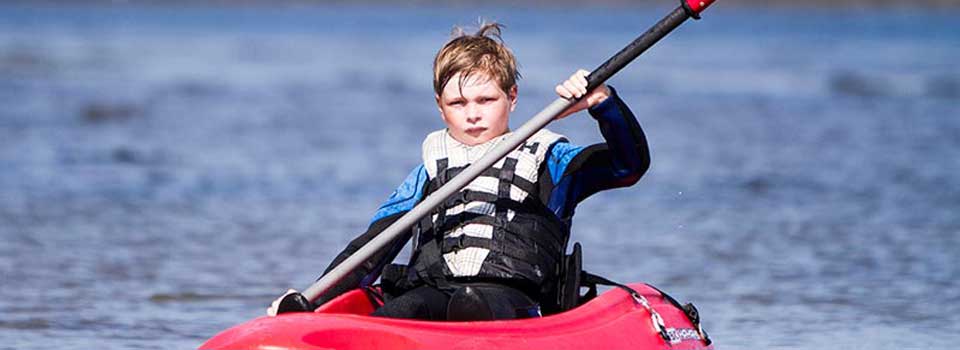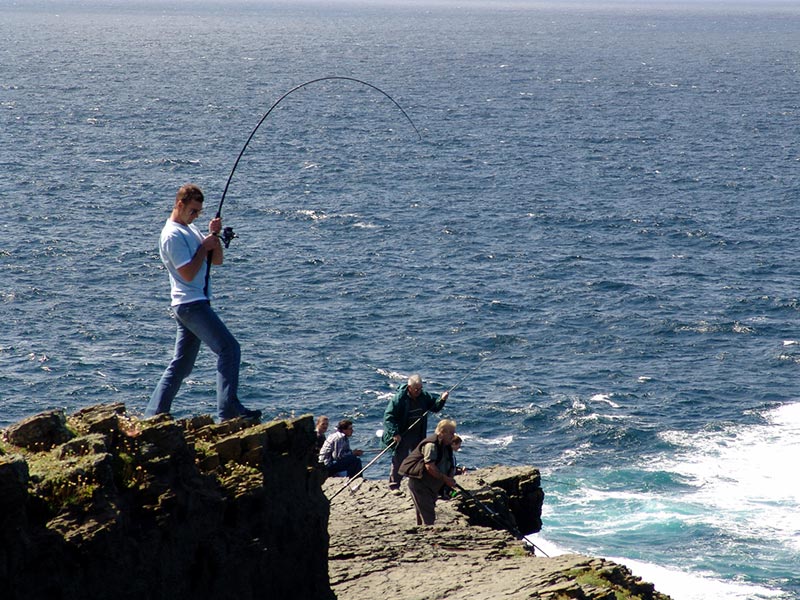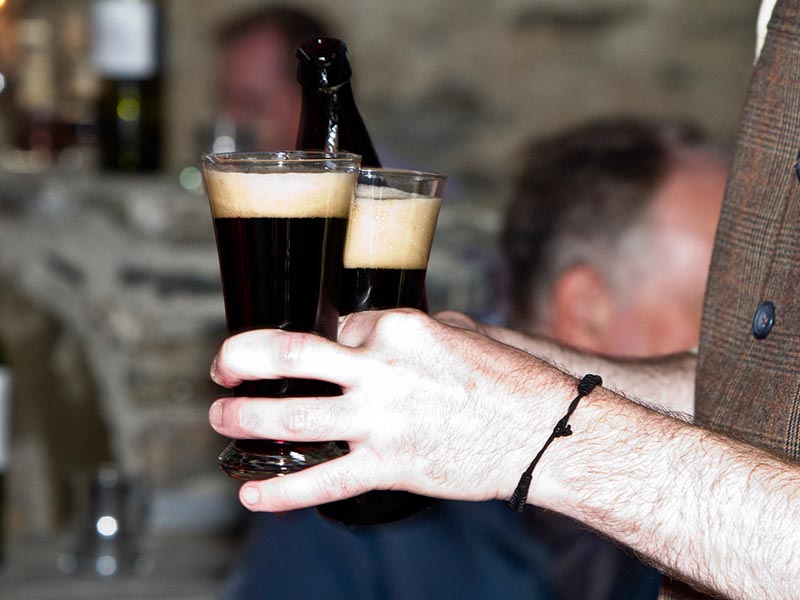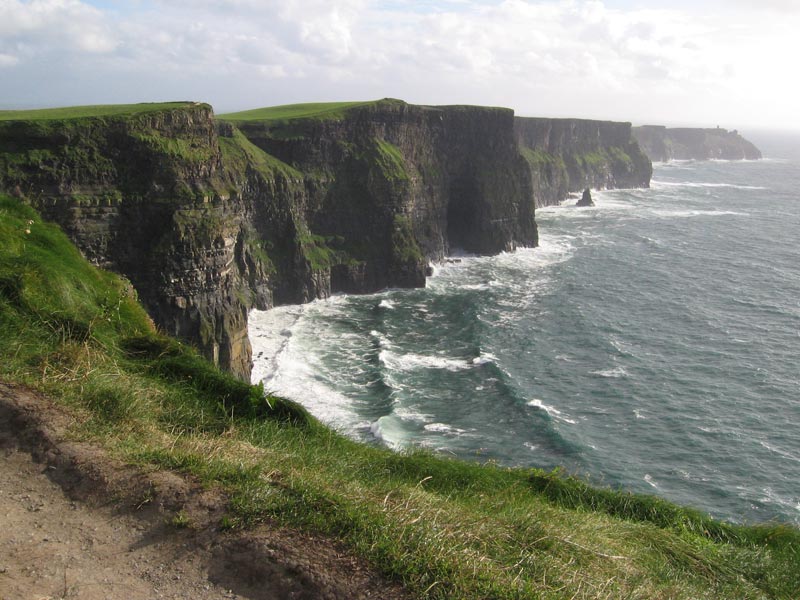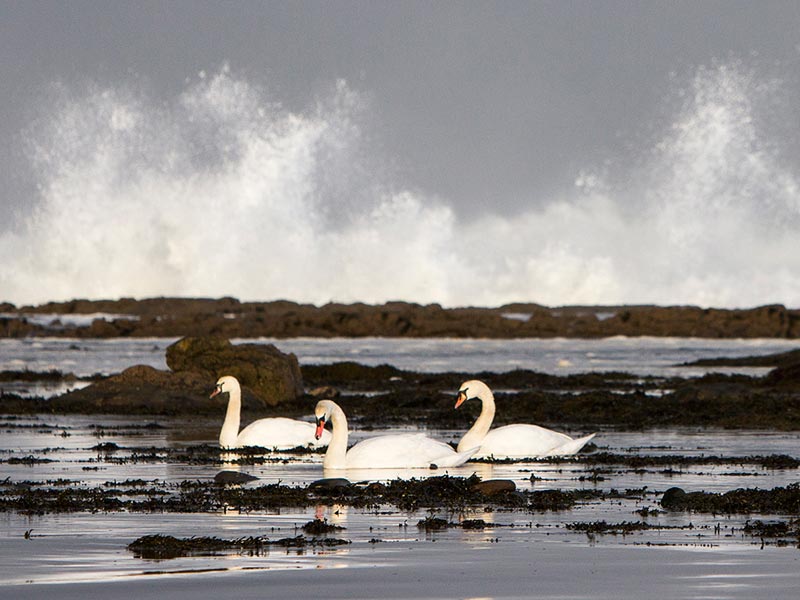lotto results 1 July 2025
Numbers drawn
8, 9, 13, 26
€25 Winners
John Keane, Doonbeg
Margaret Drysdale, Doonmore
Darragh Burns, Glascloune
Tom Kelly, Doonbeg
Nancy Walsh, Mountrivers
Margaret Drysdale, Doonmore
Darragh Burns, Glascloune
Tom Kelly, Doonbeg
Nancy Walsh, Mountrivers
New Jackpot: €4,500
Next Draw will take place on Tuesday, 8th July at 10am. Live on Facebook

